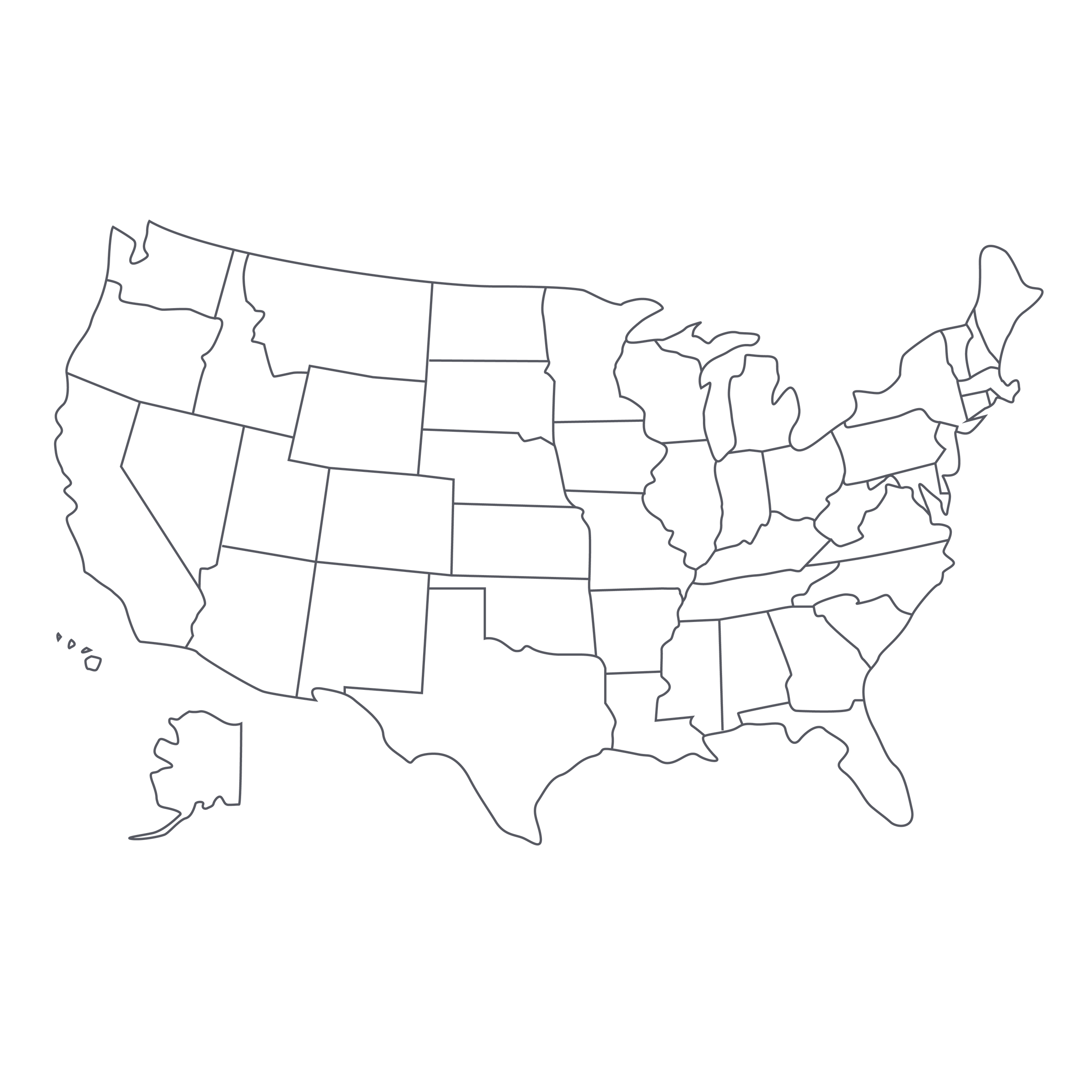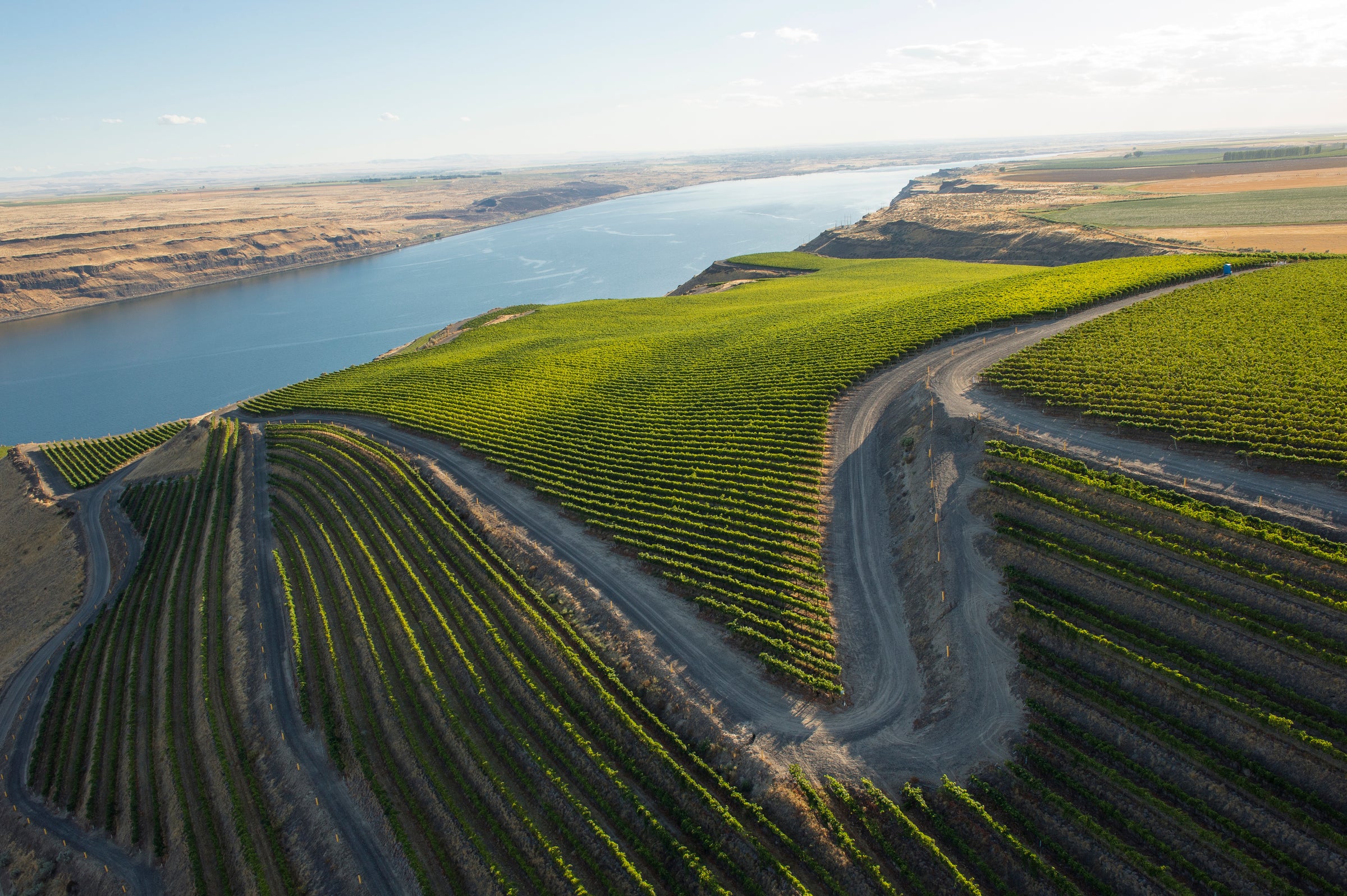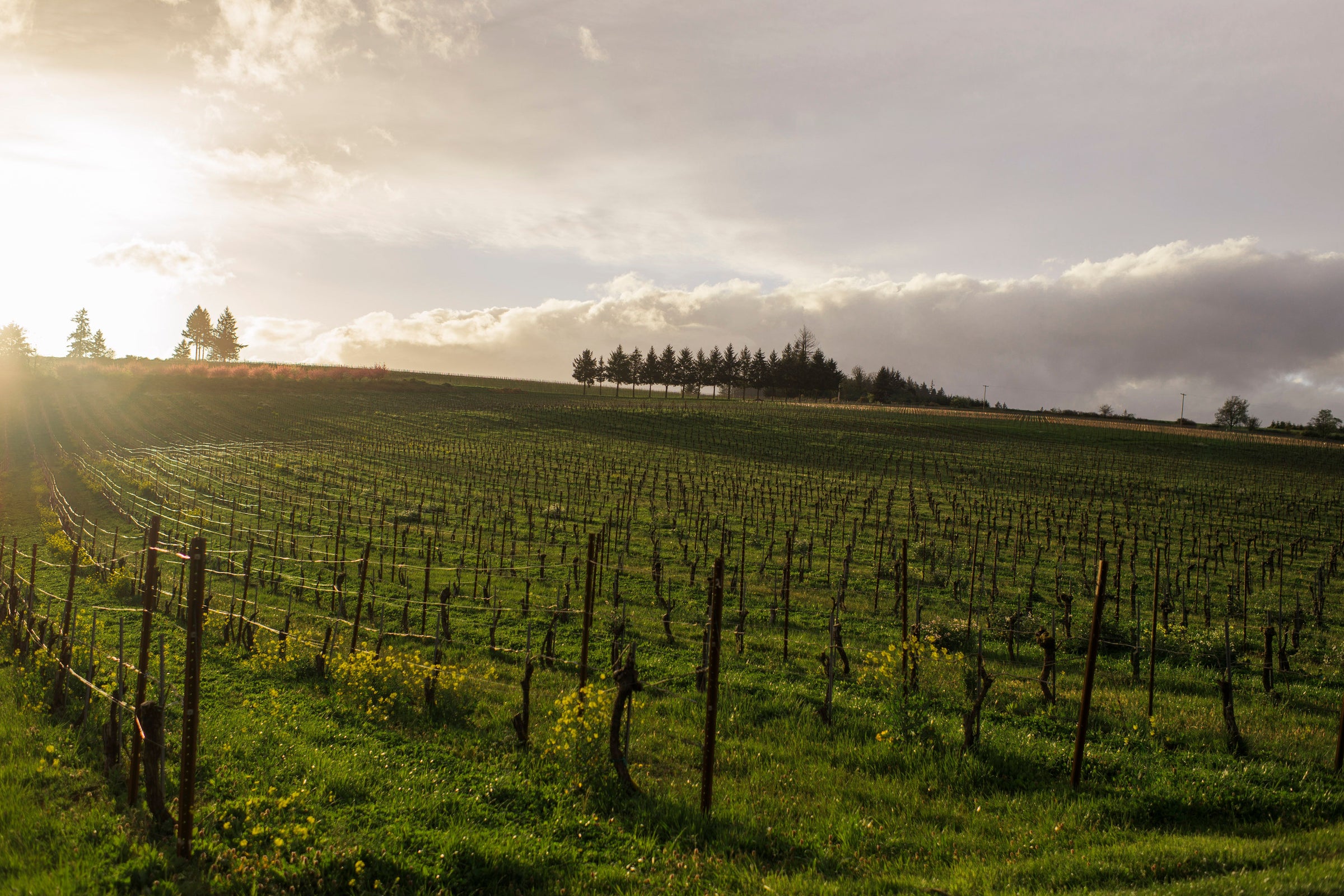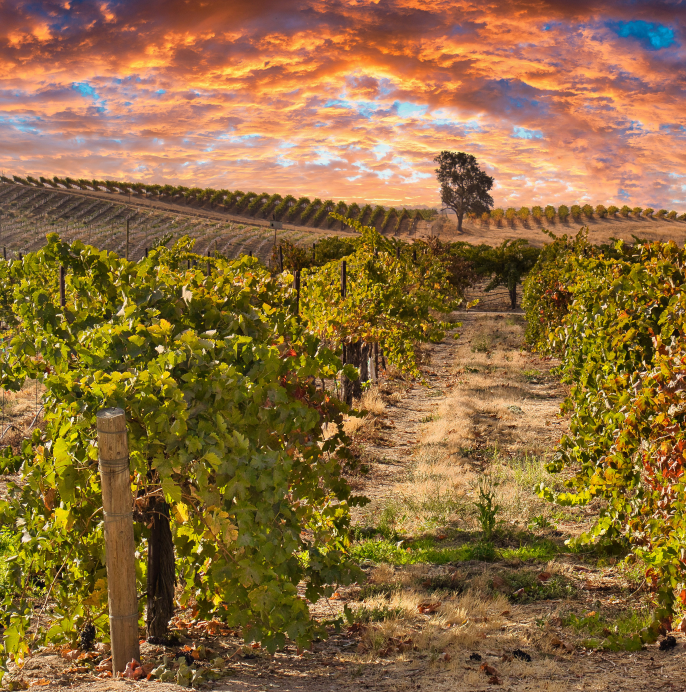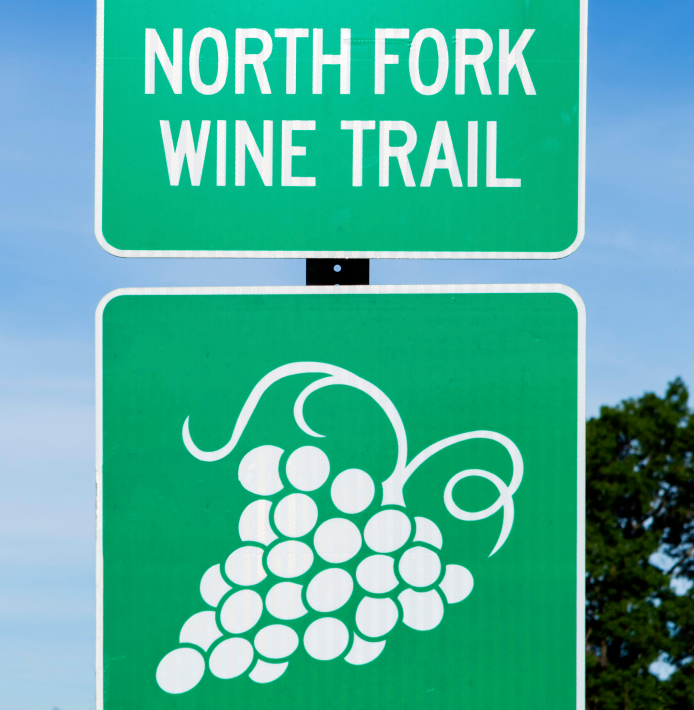I often talk about the “classic” Napa Cabernet of the ’70s and ’80s, even though I wasn’t a sentient wine-drinking being when those wines first came out. But I’m lucky to have enjoyed not just their modern iterations but countless back-vintage bottlings that are still going strong, so I’m confident saying that Forman’s 2016 will go the distance—if you don’t gobble it all up in the near term, that is.
Forman is one of the great artisanal wineries in the Napa Valley, a sole proprietorship created by Ric Forman in 1983 whose remarkable consistency can be attributed to the same steady hand at the wheel the whole time. The serious critical praise for this 2016 release focused on the wine’s finesse and classical styling, which is always what draws me to Forman’s wines: His Cabernets are always defined by an equilibrium of power and grace, which, as a lover of great Bordeaux, I deeply appreciate. I know our subscribers feel the same, so I’m thrilled to share a tiny parcel of this ’16 with everyone today. We can offer up to six bottles per person, and I must say: This is a cornerstone wine for your cellar at a great price, one you can revisit over the next decade and beyond. If you love ‘all-timers’ like Stag’s Leap, Joseph Phelps, Corison, and Mayacamas, this is right in your wheelhouse!
Forman’s wine career started in the late-1960s and included acclaimed stints at Sterling, Stony Hill, and Newton. He’s a skilled winemaker and viticulturist both, and has mostly been a one-man show since he purchased his property in St. Helena, at the base of Howell Mountain, in 1978. His son, Toby, has worked with him since the early 2000s, but otherwise the operation has remained resolutely small and laser-focused—on Cabernet from two Howell Mountain parcels on gravel, sand, and volcanic rock, and Chardonnay from the Rutherford Bench on the Valley Floor. The Forman winery is dug into the same Howell Mountain hillside as his original estate wines and home, so this is a vintner who truly “lives” it 365 days a year.
The Forman operation combines elements of the intimate Burgundy “domaine” and the classic Bordeaux “château.” There’s Cabernet Sauvignon (really a Bordeaux-style blend driven by Cabernet) and Chardonnay—that’s it, aside from a “second” red called Château La Grande Roche. His Cabernets have been featured in retrospective “vertical” tastings, including one conducted by Antonio Galloni’s Vinous that went back to 1985 (the first vintage at Forman was ’83). Critic Stephen Tanzer, writing for Vinous, said that “[while] Forman’s Cabernets have always been known for their early sex appeal, as a rule they have aged very gracefully.”
The two estate vineyard parcels on Howell Mountain, above St. Helena, include the original 8.5-acre parcel where the winery is located and one higher up the slope, which totals 20 acres and contains a little more volcanic material. Both sites are planted not just to Cabernet Sauvignon but Cabernet Franc, Merlot, and Petit Verdot, all of which factor into today’s 2016: As is typical for Forman, the wine contains about 75% Cabernet Sauvignon (the minimum required for ‘varietal’ labeling) along with 15% Cabernet Franc and 5% each Merlot/Petit Verdot. It aged for 20 months in French oak barriques, 75% of which were new, before bottling.
The first thing that hit me about this 2016 is its remarkably smooth, velvety texture. It is drinking beautifully right now, with well-integrated tannins; what I think will sustain it over the long haul is not a massive tannic structure but instead the balance and freshness it exhibits. It is focused and perfectly calibrated, displaying an opaque garnet-purple core moving to magenta and garnet at the rim. The aromas are lifted and highly complex, with blackberry and cassis sharing the bill with tobacco leaf, graphite, licorice, and damp violets. Unlike so many of the big, brooding Napa Cabernets we encounter around here, this one has nuance and finesse. Decant it about 45 minutes before serving at large Bordeaux stems at 60 degrees, being sure to save a few bottles for 5, 10 years down the line; this wine paired with the attached lamb loin chops recipe will make for one impressive dinner, whenever you have it. This is how classic Napa Cabernet is done!


